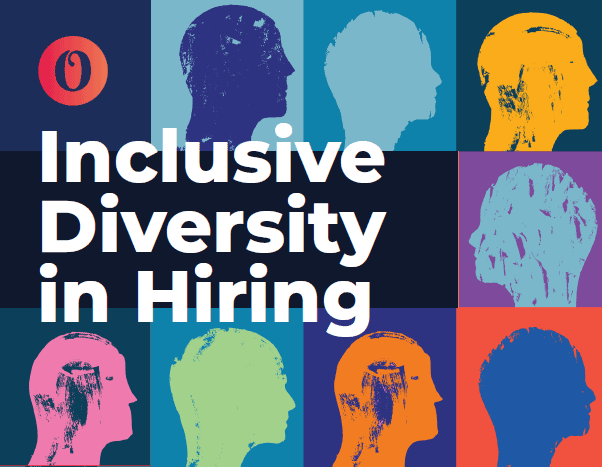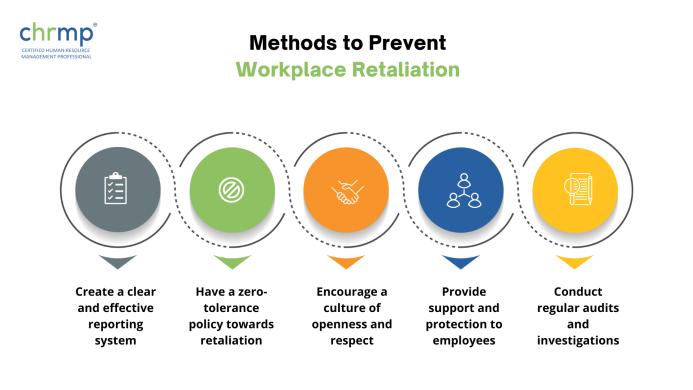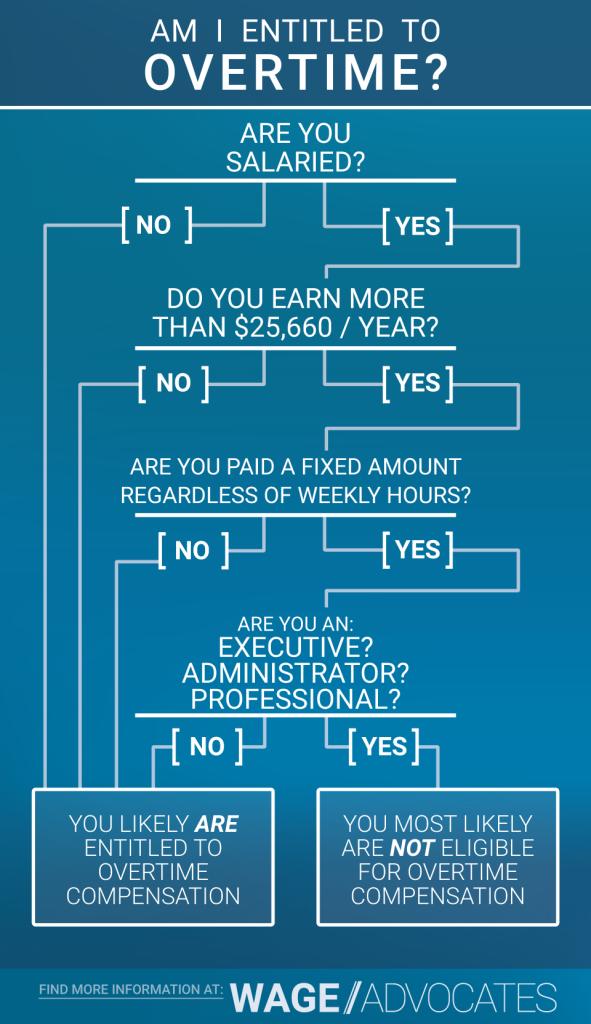
Unlocking Talent: Your Guide to Diversity in Hiring and Inclusive Recruitment Strategies
In today’s fast-paced world, businesses are constantly looking for an edge. While many focus on technology or market trends, one of the most powerful advantages a company can have lies within its own team: Diversity.
No, we’re not just talking about checking boxes. We’re talking about building a workforce that brings together a rich tapestry of experiences, perspectives, and backgrounds. This isn’t just a "nice-to-have"; it’s a strategic imperative. When you embrace diversity in hiring, you’re not just being fair; you’re actively seeking out the best talent and setting your company up for greater success.
This article will guide you through the essentials of diversity in hiring, explaining why it’s so important, what challenges you might face, and most importantly, practical strategies to make your recruitment process truly inclusive.
What Exactly is "Diversity" in Hiring?
At its core, diversity in hiring means actively seeking and valuing candidates from a wide range of backgrounds. It goes beyond just gender or race, encompassing:
- Gender: Men, women, non-binary individuals.
- Race & Ethnicity: People from all racial and ethnic backgrounds.
- Age: Different generations working together (Gen Z, Millennials, Gen X, Baby Boomers).
- Abilities: Individuals with different physical and cognitive abilities (including neurodiversity like ADHD, autism, dyslexia).
- Sexual Orientation & Gender Identity: LGBTQ+ individuals.
- Socioeconomic Background: People from different economic upbringings.
- Veteran Status: Individuals who have served in the military.
- Religion & Beliefs: People of various faiths or no faith.
- Thought & Experience: Different ways of thinking, problem-solving, and life experiences (e.g., career changers, people from different industries).
Inclusive Recruitment is the process that ensures everyone feels welcome, has a fair chance, and can thrive once they join your team. It’s about removing hidden barriers and creating a level playing field for all.
Why Diversity Matters: The Business Case for Inclusive Hiring
Hiring diversely isn’t just about being socially responsible (though that’s a great benefit!). It directly impacts your business’s bottom line and overall success. Here’s why:
-
1. Boosts Innovation and Creativity:
- Imagine a team where everyone thinks exactly alike. They might solve problems quickly, but they’ll likely miss out on new, groundbreaking ideas.
- Diverse teams bring different perspectives to the table. Someone from a different culture or background might see a problem or opportunity in a way no one else does, leading to fresh solutions and innovative products or services.
-
2. Better Problem-Solving and Decision-Making:
- When you have a variety of viewpoints, your team can analyze problems from multiple angles. This leads to more thorough discussions and better, more well-rounded decisions.
- Diverse groups are less prone to "groupthink" – where everyone just agrees with the first idea.
-
3. Wider Talent Pool:
- If you only look for candidates who fit a very narrow profile, you’re missing out on a huge portion of talented individuals.
- By casting a wider net, you increase your chances of finding truly exceptional people who might have been overlooked by less inclusive companies.
-
4. Improved Employee Engagement and Retention:
- When employees feel valued, respected, and included, they are happier and more likely to stay with your company.
- A diverse workforce often creates a more vibrant and welcoming company culture where everyone feels they belong.
-
5. Stronger Company Reputation and Brand Image:
- Consumers and job seekers today care deeply about a company’s values. Being known as an inclusive employer makes your brand more attractive to customers and top talent alike.
- It shows you’re forward-thinking and committed to fairness.
-
6. Better Understanding of Customers:
- Your customers come from all walks of life. A diverse internal team can better understand and relate to the needs and preferences of a diverse customer base, leading to better products, marketing, and customer service.
-
7. Financial Performance:
- Studies by organizations like McKinsey and Deloitte consistently show that companies with more diverse teams tend to outperform their less diverse competitors financially. More diversity often means more profit!
Common Barriers to Diversity in Hiring
Even with the best intentions, companies often face hurdles when trying to build a diverse workforce. Understanding these barriers is the first step to overcoming them.
-
1. Unconscious Bias:
- This is one of the biggest challenges. Unconscious biases are "hidden shortcuts" our brains take when making quick judgments. We all have them!
- Examples: Preferring someone who went to the same university as you, having a positive feeling about someone with a certain name, or assuming a parent won’t be as committed. These biases can unintentionally lead to overlooking great candidates.
-
2. Homogenous Networks:
- "People tend to hire people like themselves." If your current team and professional network aren’t diverse, you’re likely to get referrals or applicants who are very similar to your existing employees.
-
3. Traditional Job Descriptions:
- Job ads often use jargon, unnecessary requirements (like a specific degree when experience is more relevant), or even gender-coded language (e.g., "rockstar," "ninja," "dominate" can lean male; "support," "nurture" can lean female). This can discourage diverse candidates from even applying.
-
4. Interview Process Flaws:
- Unstructured interviews (where every candidate gets different questions) make it hard to compare candidates fairly.
- Interviewers might ask leading questions or make snap judgments based on first impressions rather than skills.
- Lack of diverse interviewers can also create an uncomfortable environment for some candidates.
-
5. Lack of Awareness or Training:
- Many people simply aren’t aware of their own biases or how to actively recruit inclusively. Without proper training, efforts can fall short.
-
6. Focus on "Culture Fit" (Misunderstood):
- While "culture add" is great, focusing too much on "culture fit" can lead to hiring people who are just like the existing team, stifling diversity of thought and background. It can become an excuse for unconscious bias.
Strategies for Inclusive Recruitment: Your Action Plan
Now for the exciting part! Here are actionable strategies you can implement to build a more diverse and inclusive hiring process.
A. Before You Even Post the Job
-
Review and Revamp Job Descriptions:
- Focus on Essential Skills: Clearly define the must-have skills and responsibilities, separating them from "nice-to-have" qualifications. Do they really need a master’s degree, or will equivalent experience suffice?
- Use Inclusive Language: Avoid jargon, slang, or gender-coded words. Use tools like Textio, Gender Decoder, or Hemingway Editor to check your language for bias and readability. For example, instead of "aggressive sales associate," try "proactive sales professional."
- Emphasize Your Culture: Briefly mention your company’s commitment to diversity, equity, and inclusion (DEI).
-
Define What "Success" Looks Like:
- Before writing the job ad, get clear on what a person needs to do in the role to be successful. This helps you focus on skills and outcomes rather than just qualifications.
- Create a clear scorecard or rubric for evaluating candidates before you start reviewing applications.
-
Widen Your Sourcing Channels:
- Don’t just post on the same few job boards.
- Community Organizations: Partner with groups that support diverse talent (e.g., organizations for women in tech, disability advocacy groups, veteran’s associations, LGBTQ+ networks, historically black colleges and universities (HBCUs), Hispanic-serving institutions (HSIs)).
- Professional Networks: Explore professional associations specific to underrepresented groups.
- Social Media: Use platforms like LinkedIn, but also consider niche groups or communities where diverse talent congregates.
- Referral Programs: Encourage diverse referrals by explaining your DEI commitment to current employees.
B. During the Application and Screening Process
-
Implement Blind Recruitment Techniques:
- Anonymize Resumes: Remove names, addresses, universities, and other identifying information from resumes before the initial screening. This helps reduce unconscious bias related to gender, race, or socioeconomic background.
- Skills-Based Assessments: Use skills tests or work samples before interviews to assess actual abilities rather than just relying on resume keywords. This focuses on what a candidate can do.
-
Standardize Your Screening Process:
- Consistent Criteria: Ensure every applicant is screened against the same set of criteria, ideally based on the scorecard developed earlier.
- Multiple Reviewers: Have more than one person review applications to reduce individual bias.
-
Review Your Applicant Tracking System (ATS) Settings:
- Ensure your ATS isn’t automatically filtering out qualified candidates based on arbitrary keywords or lack of specific degree names. Sometimes these systems can be too strict and exclude diverse candidates.
C. The Interview Process
-
Form Diverse Interview Panels:
- Ensure your interview panel includes people from different genders, races, ages, and roles within the company. This provides diverse perspectives during evaluation and also signals to candidates that your company values diversity.
-
Standardize Interview Questions (Structured Interviews):
- Ask Every Candidate the Same Questions: This is crucial for fair comparison.
- Behavioral Questions: Focus on how candidates have handled situations in the past (e.g., "Tell me about a time you faced a challenge and how you overcame it").
- Situational Questions: Ask how they would handle hypothetical situations relevant to the role.
- Use a Scorecard: Provide interviewers with a clear rubric to score responses, reducing subjective interpretation.
-
Provide Bias Training for Interviewers:
- Educate your hiring managers and interviewers about unconscious bias and how it can creep into the hiring process.
- Teach them techniques to recognize and mitigate their own biases. This is an ongoing process, not a one-time training.
-
Focus on "Culture Add" vs. "Culture Fit":
- Instead of asking "Will this person fit in?" ask "What unique perspective or experience will this person add to our team?" This encourages bringing in new ideas rather than replicating existing ones.
-
Create a Welcoming Interview Environment:
- Be mindful of accessibility for candidates with disabilities.
- Offer flexible interview times.
- Ensure all candidates feel respected and comfortable sharing their experiences.
D. Post-Offer and Onboarding
-
Negotiation & Offer:
- Be transparent about salary bands to reduce potential pay gaps based on past biases.
- Be open to discussing flexible work arrangements where possible.
-
Inclusive Onboarding:
- Make sure new hires from diverse backgrounds feel truly welcome and supported from day one.
- Assign a buddy or mentor to help them navigate the company culture.
- Provide resources and information about employee resource groups (ERGs) if your company has them.
-
Mentorship and Sponsorship Programs:
- Establish programs that connect new hires (especially those from underrepresented groups) with experienced employees who can guide their career development.
E. Ongoing Commitment and Measurement
-
Leadership Buy-In:
- Diversity and inclusion efforts must be championed from the top down. Leaders need to visibly support and invest in these initiatives.
-
Track and Analyze Data:
- Diversity Metrics: Regularly track the diversity of your applicant pool, interview candidates, and hires. Look at demographics like gender, race, age, and disability status.
- Retention Rates: Are diverse hires staying? If not, investigate why.
- Promotion Rates: Are diverse employees progressing within the company at the same rate as others?
- Employee Surveys: Conduct regular surveys to gauge feelings of inclusion and belonging among all employees.
-
Foster an Inclusive Company Culture:
- Hiring diversely is only half the battle. Your company culture must be genuinely inclusive so that diverse employees feel valued, heard, and empowered to contribute their best work. This includes:
- Promoting psychological safety (where people feel safe to speak up).
- Celebrating differences.
- Providing opportunities for growth for everyone.
- Hiring diversely is only half the battle. Your company culture must be genuinely inclusive so that diverse employees feel valued, heard, and empowered to contribute their best work. This includes:
Conclusion: Building a Brighter Future, One Hire at a Time
Diversity in hiring isn’t a trend; it’s a fundamental shift in how successful businesses operate. By implementing inclusive recruitment strategies, you’re not just expanding your talent pool; you’re building stronger, more innovative, and more resilient teams.
It takes conscious effort, continuous learning, and a genuine commitment to fairness. But the rewards – from increased innovation and better decision-making to a stronger brand and improved financial performance – are undeniable. Start small, learn along the way, and watch your organization flourish with the incredible power of diverse talent. Your future success depends on it.




Post Comment